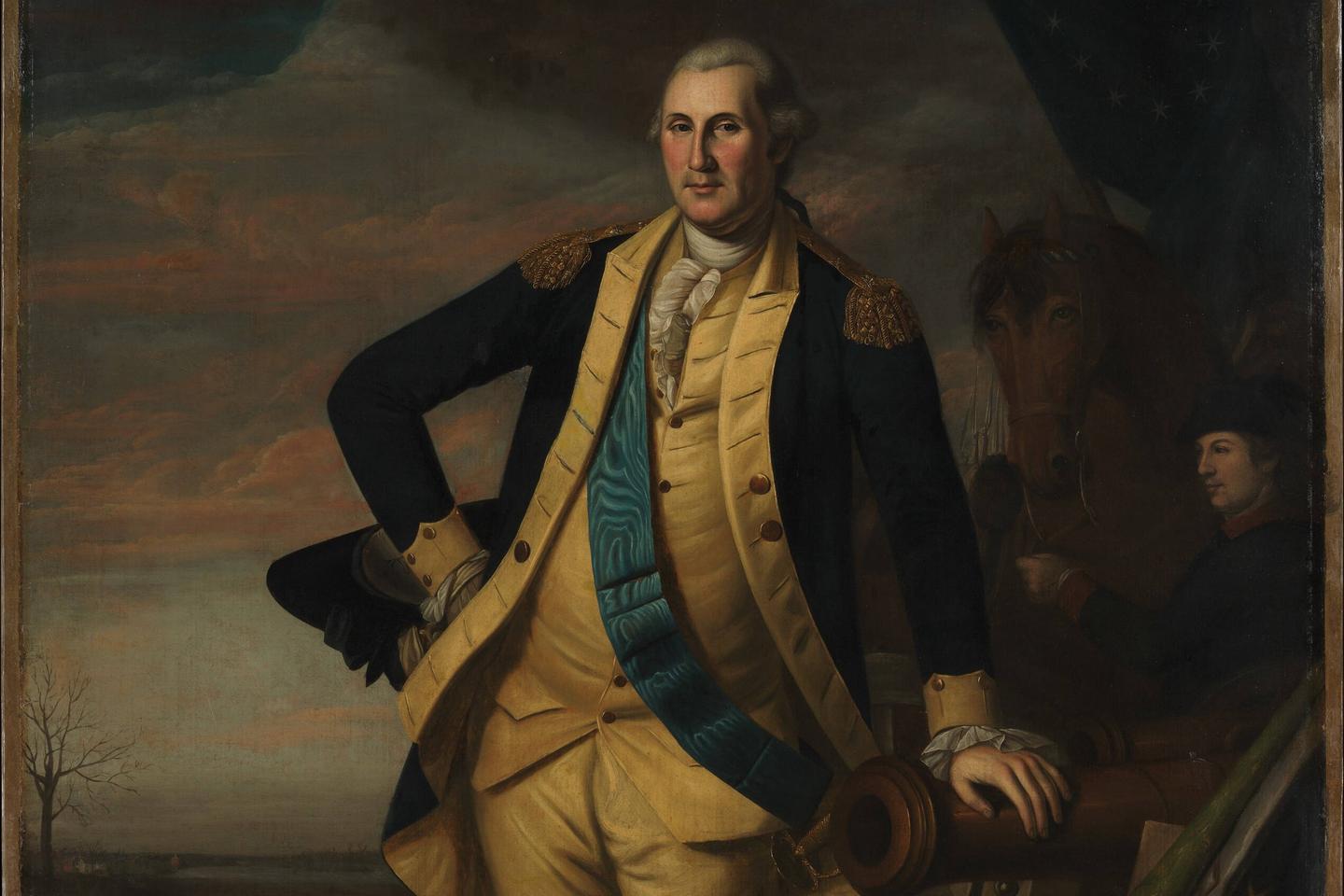


For 40 years, a large full-length painting of George Washington (1732-1799), the first president of the United States, at the end of the Battle of Princeton (1777), had been welcoming guests to the American ambassador's residence in Paris, in the 8th arrondissement. For a long time, it was thought to be merely a copy of the work by the great portraitist Charles Willson Peale (1741-1827). However, in 2023, it was proved to be in the artist's own hand.
Indeed, in 2015, Guillaume Faroult, chief curator in the painting department at the Musée du Louvre, who could not guarantee the painting's authenticity but found it interesting, suggested that it be cleaned. A long and meticulous process was then carried out by American scientists, in collaboration with the Centre de Recherche et de Restauration des Musées de France (C2RMF). This made it possible, in particular, to analyze the canvas, the pigments, and the undercoats of paint.
The painting was compared with other works by Peale. The result: It is indeed the work of the famous portraitist. On February 20, 2023, the US State Department announced:
"Our treasured Washington portrait ... is in fact the original." The value of Washington at Princeton, estimated at $1.2 million (€1 million) in 1988 by Sotheby's, which described it only as "attributed" to Peale, rose to $22 million.
International collaboration
However, the investigations carried out to authenticate the painting revealed some unfortunate interventions, including repainting on the face. Restoration was needed. Candice Nancel, head of the cultural heritage section at the US embassy in Paris, had wanted it to be done before Joe Biden's visit in 2024 to celebrate the 80th anniversary of the D-Day landings, and before the arrival of US athletes for the Olympic Games, but the scale of the interventions meant that this was not possible.
On October 16, 2024, a partnership was signed between the State Department and the C2RMF, whose mission is to restore the work in its workshops in Versailles (west of Paris), eliminating old interventions and filling in gaps. The participants in this operation say that this project bears witness to the importance of international collaboration in the preservation of cultural heritage.
You have 30.94% of this article left to read. The rest is for subscribers only.
